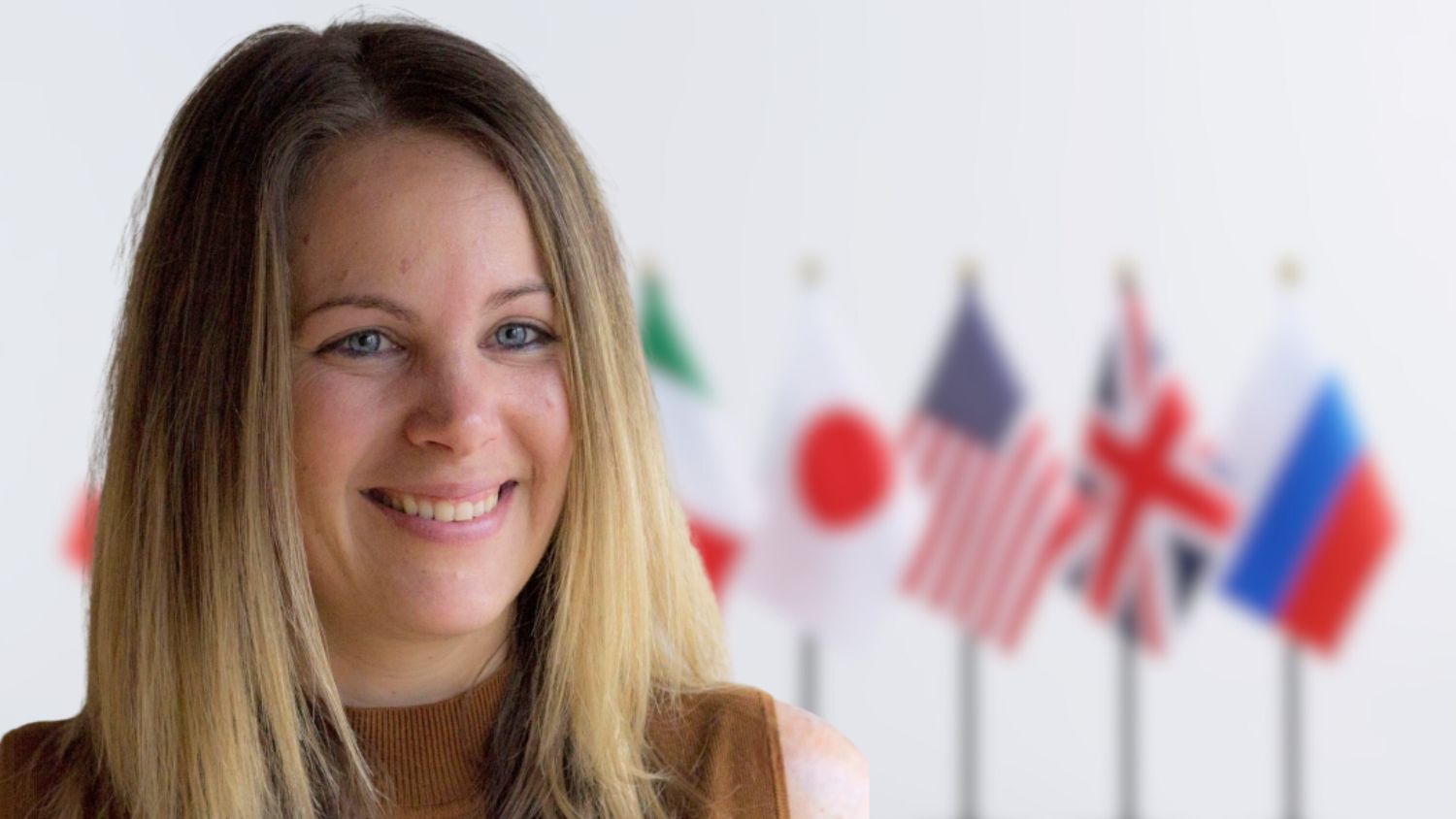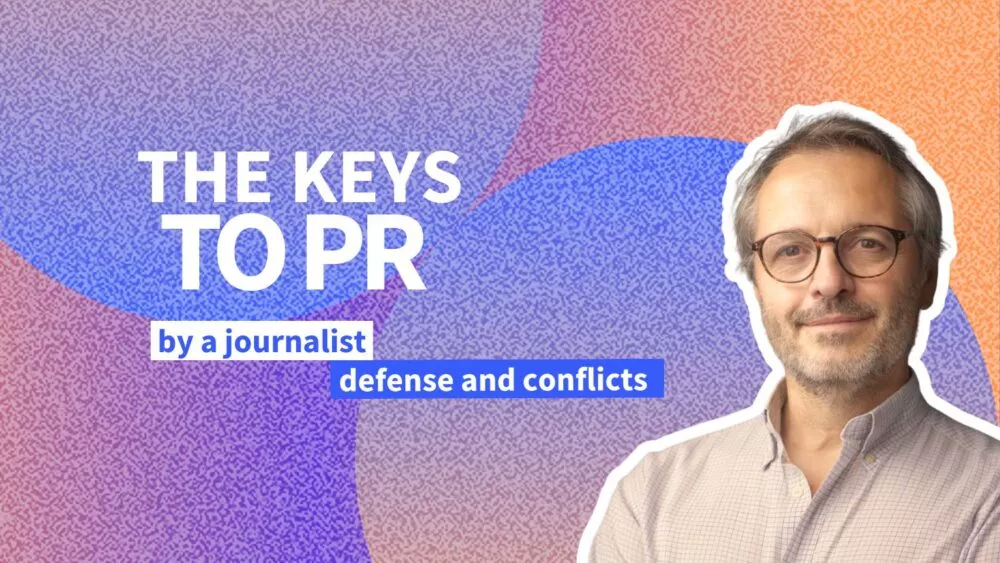Where to start when building an international PR strategy?
When a client tells me they want to expand internationally, I tell them to ask themselves the right questions: which markets do we want to reach? Is it to gain visibility or to grow the business? Do we already have clients, an office, or employees there? And can we provide concrete local evidence to support our messages?
Most importantly, I advise them to analyze the market carefully — its cultural, legal, linguistic, and media context.
In general, you can manage international public relations from France, but in my opinion, that’s not sustainable. The key to PR is relationships. Being on-site allows you to build real connections with journalists, understand their needs, immerse yourself in the culture, anticipate expectations, and work much more efficiently.
What topics interest the international press the most?
It’s difficult to generalize, because it depends on each country and its local expectations. Between 2013 and 2018, everyone was talking about tech and innovation — those topics were widely covered around the world. Today, innovation remains a strong theme, especially with artificial intelligence, but attention varies depending on the market. Some countries are more sensitive to political issues, others to social ones.
Just like in France, journalists are specialized by sector. So, there is no universal rule for which topics work best internationally. The real question is rather why we want to do PR in a given country, and whether we have a local foothold there.
How can good relationships be built between PR professionals and journalists internationally?
To build strong relationships between PR professionals and journalists internationally, you have to adapt to each country’s cultural specificities. In the United Kingdom, courtesy and respect are essential. Journalists almost always reply to emails, even if it’s just to politely decline or redirect you to another contact.
In the United States, everything is based on professionalism and the value of the information. Journalists only reply if they’re interested and prefer direct, factual exchanges. Relationships are mainly built by being helpful — offering exclusives, respecting embargoes, and involving the journalist at the right time — without necessarily meeting for coffee or lunch.
In Latin countries such as France, Spain, or Italy, close personal relationships are at the heart of the work. Regular communication, proximity, and human connection are essential to build trust.
How does public relations work in Asia?
In China, PR operates like paid media. You have to pay a journalist to get an article — something that can surprise Western communicators. In Chinese campaigns conducted in France, Chinese clients systematically combine organic PR with sponsored articles from the start, while Western clients usually begin with organic PR and add paid media only as needed. This cultural difference is significant and shows how communication strategies must adapt to each market.
Another thing I’ve observed with Chinese journalists is that once they decide to cover a topic, it happens very quickly — the article is published almost immediately. That’s very different from some Western outlets, where it can take much longer.
What do international journalists expect from press releases?
Best practices in PR vary from country to country. For example, in the United States, press releases are usually not formatted — the text is left-aligned, and there are no visuals. They want to focus on substance rather than style. Unlike in France, they’re wary of over-polished releases that might suggest form over content.
In Spain, studies and figures work very well. A PR professional sending a research-based release can get more than thirty pieces of coverage.
In the United Kingdom and the United States, journalists value exclusives and embargoes — a trend that’s becoming increasingly common in France too.
What role do influencers play in international PR campaigns?
Influencers play an important role around the world. In France, this area is only beginning to become structured, and the line between press and influence can still be blurry. Abroad, however, in countries like China, Japan, or South Korea, content creators and social networks are often more effective than traditional media for reaching the general public. Videos created by influencers or content creators can even be picked up or used in journalistic contexts. For business objectives, working directly with these creators can sometimes be more relevant than focusing solely on traditional press.
What place do press conferences have in international PR campaigns?
Press conferences work well abroad, but like in France, it depends on the sector, brand awareness, and country. For major brands like Apple, Google, or OpenAI, attracting journalists is “easy.” For lesser-known brands, you have to adapt the strategy and offer something compelling.
In the United States, logistics can be an issue. For example, in tech, most journalists are concentrated around San Francisco or New York, making them easier to gather. In other sectors, like healthcare or construction, they’re spread across the country. Moreover, large outlets like Forbes have strict rules and cannot accept brands paying for their travel. To make interactions easier, PR professionals are increasingly organizing digital press conferences.
Overall, for a press conference to be effective, you must announce something relevant, adapt the format to local logistics, and be familiar with the media practices in that country.
What final advice would you give for being visible to international journalists?
In France, as everywhere else, maintaining good relationships with journalists relies on universal principles. Never waste their time with useless information or purely promotional topics. Don’t follow up after a refusal, and don’t invite them to events that don’t concern them. Whenever you bring them something useful and relevant, you become a trusted and appreciated contact.
In Asia, it’s important to adapt to local communication platforms — like Line in Japan or WeChat in China.
It’s also essential never to criticize a journalist or question their work. Their profession is demanding and sometimes hard for us communicators to understand. Always remember that a journalist’s role is not to promote us. Respecting their independence, their time, and their work is the best way to build good relationships — no matter the country.
Read also :
- Integrating storytelling into PR
- What consideration for the communication function within the compagnies ?
- IA and standardized press releases : how to avoid the trap of uniformity ?







